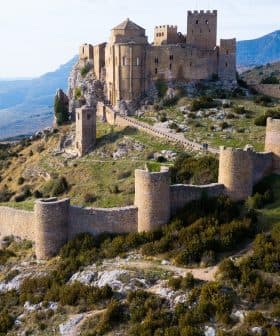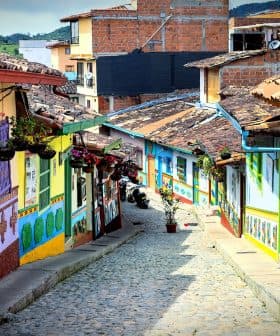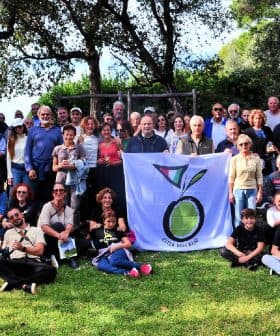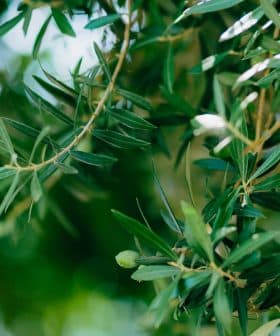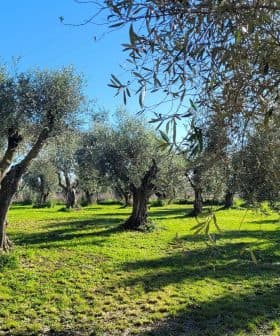Cultivating Olive Oil Culture Through the Recognition of Heritage Trees
By identifying centenary olive trees, the organizers of Sudoliva hope to promote olive oil culture in the Americas and help producers along the way.
 The Albertico del Fundo Osmore tree in Peru’s Ilo Valley
The Albertico del Fundo Osmore tree in Peru’s Ilo ValleyAcademics, producers, and advocates in the Americas have joined forces to preserve the region’s olive cultivation history and cultural significance. The first annual International Contest for the Enhancement of Heritage Olives recognized three centenary olive trees from Argentina, Peru, and Mexico, aiming to promote olive oil tourism and value these heritage trees for their social, cultural, and historical importance.
Academics, producers and advocates of the olive oil sector have come together in the Americas to help preserve the two continents’ rich history of olive cultivation and promote its cultural importance.
Three centenary olive trees were recognized at the first annual International Contest for the Enhancement of Heritage Olives in America, which was hosted virtually by Sudoliva in mid-December.
The trees fulfill a social, cultural and historical function.
A 400-year-old Arauca tree in La Rioja, Argentina, another quadricentennial tree in Ilo, Peru and a much younger but no less significant centenary tree in Chimalhuacán, Mexico won the top honors. In all, 24 trees from seven countries were nominated.
“We are doing this so we can identify all the heritage trees,” Gianfranco Vargas, the founder of Sudoliva, told Olive Oil Times. “Not necessarily based on the fact that they are the oldest, but what the importance, the heritage, is for the whole of society — for its history and culture.”
See Also:Olive Oil CultureWhile Vargas originally founded Sudoliva three years ago as an olive oil quality competition, the Peruvian researcher and production consultant always sought to identify and celebrate heritage olive trees.
“We did the first contest in Lima with the olive tree that San Martín de Porres planted [being recognized],” he said. At the following edition of the contest another centenary tree from Arica, Chile was awarded. In 2019, the Olivo de la Reina de La Frontera, located near Bagé, Rio Grande do Sul, was recognized.
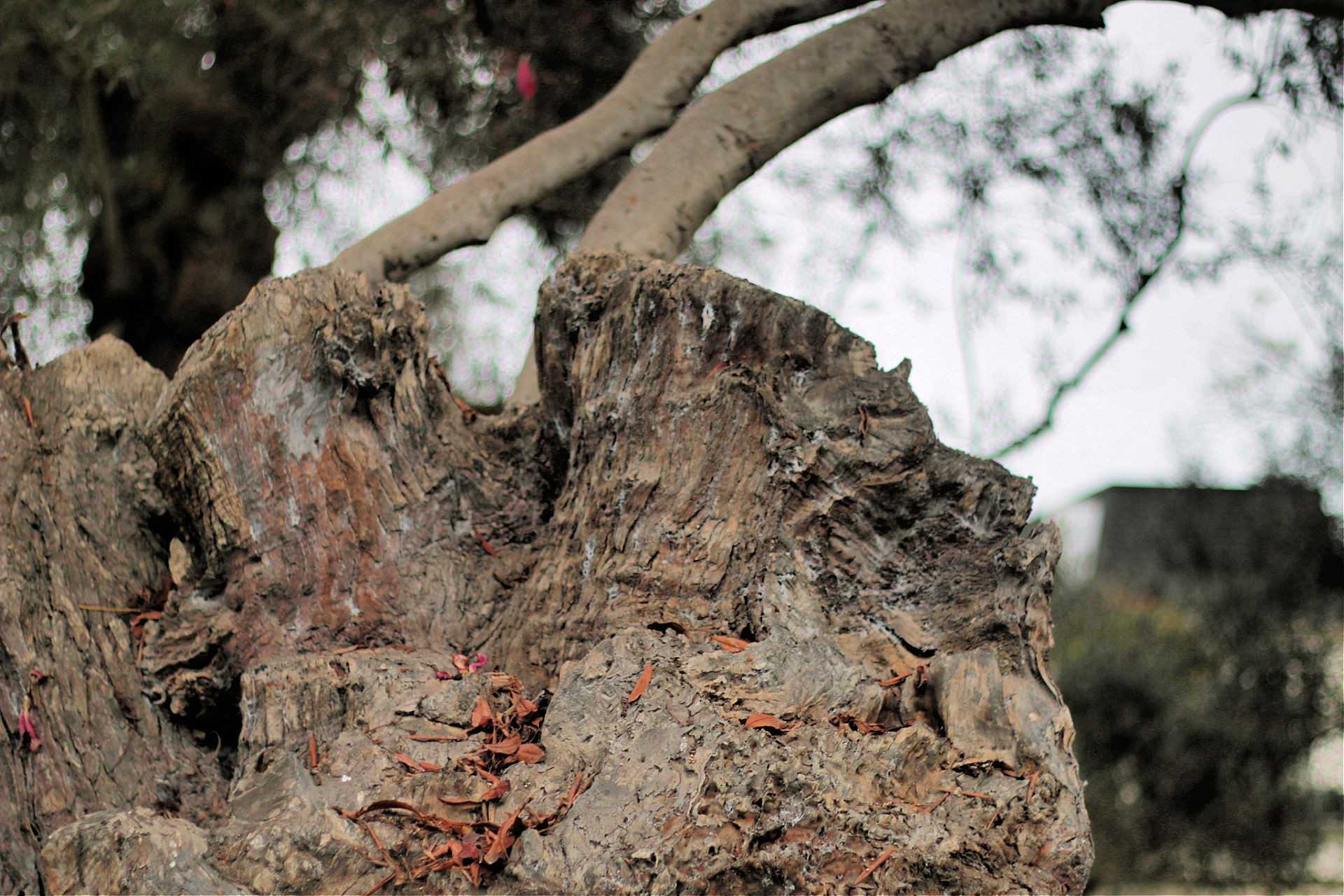
A heritage olive tree in Chimalhuacán, Mexico
However, just before the third edition of the contest could take place the Covid-19 pandemic took hold across the Americas with devastating consequences. As a result, the quality portion of the contest was canceled and Sudoliva quickly focussed its emphasis on heritage olive trees.
“If the objective is to value the olive trees rather than hold an olive oil contest, the most important thing was to hold a contest that helps us identify all the heritage olive trees in the Americas,” Vargas said.
Vargas and his colleagues at Sudoliva see this new version of the contest as a way to build an olive oil culture in North and South America that is similar to what one finds in southern Europe.
Identifying and recognizing these heritage olive trees is the first step in this process. Once the trees have been identified, Vargas believes they can be used to promote oleoturismo– olive oil tourism – and can add value to the oils produced from their olives.
“In other words, the trees fulfill a social, cultural and historical function,” Vargas said.
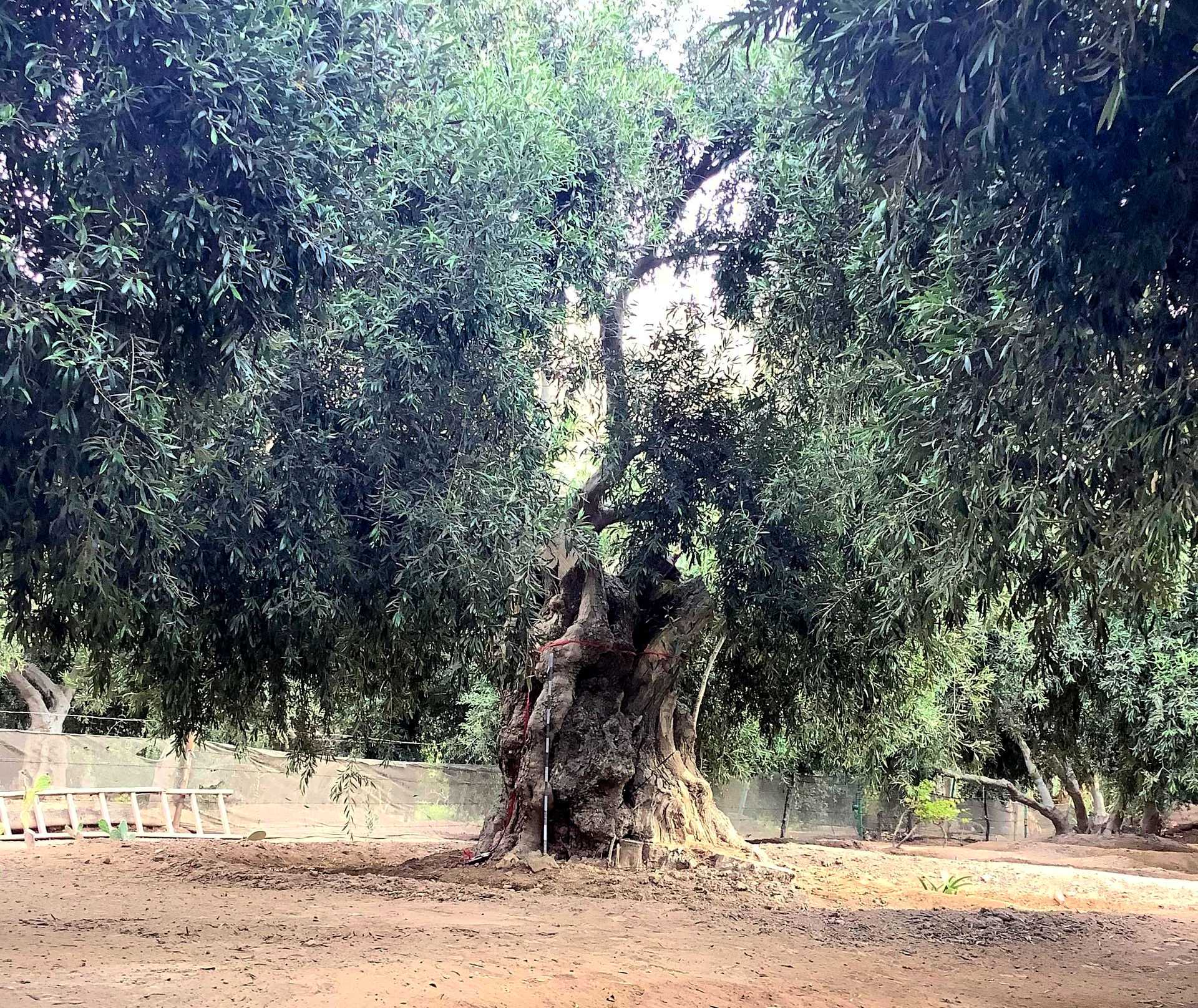
This 400-year-old tree in Ilo, Peru was among those recognized.
To illustrate his point, Vargas points to the centenary tree in Chimalhuacán, a steadily growing city just northeast of Mexico’s sprawling capital. The local authorities there nominated the tree in the contest in an effort to help protect it.
“They want to recover it because in this area there has been urban growth, but the trees have not been cut down,” Vargas said. “The houses have been built and these neighborhoods, which are marginal neighborhoods, have grown in the middle of the olive trees.”
“Many of these people who are of low economic resources harvest these olive trees that are extremely large,” he added. “They sell the olives and work in the grove.”
With this formal recognition, Vargas believes the tree will create more value for the local community. Along with the other two winners and 21 contestants, the tree will soon be featured on a new website and associated social media feeds.
In the case of Chimalhuacán, the award will also draw attention to the city’s olive festival.
“There is a very important social and cultural factor in how olive growing has been maintained and how it has continued with these neighborhoods, for these people in Chimalhuacán,” Vargas said.
Along with helping to put these New World olive oil destinations on the map, the competition also serves as a sort of census, with local governments and members of the olive oil sector working to identify centenary trees and nominate them for the coming contests.
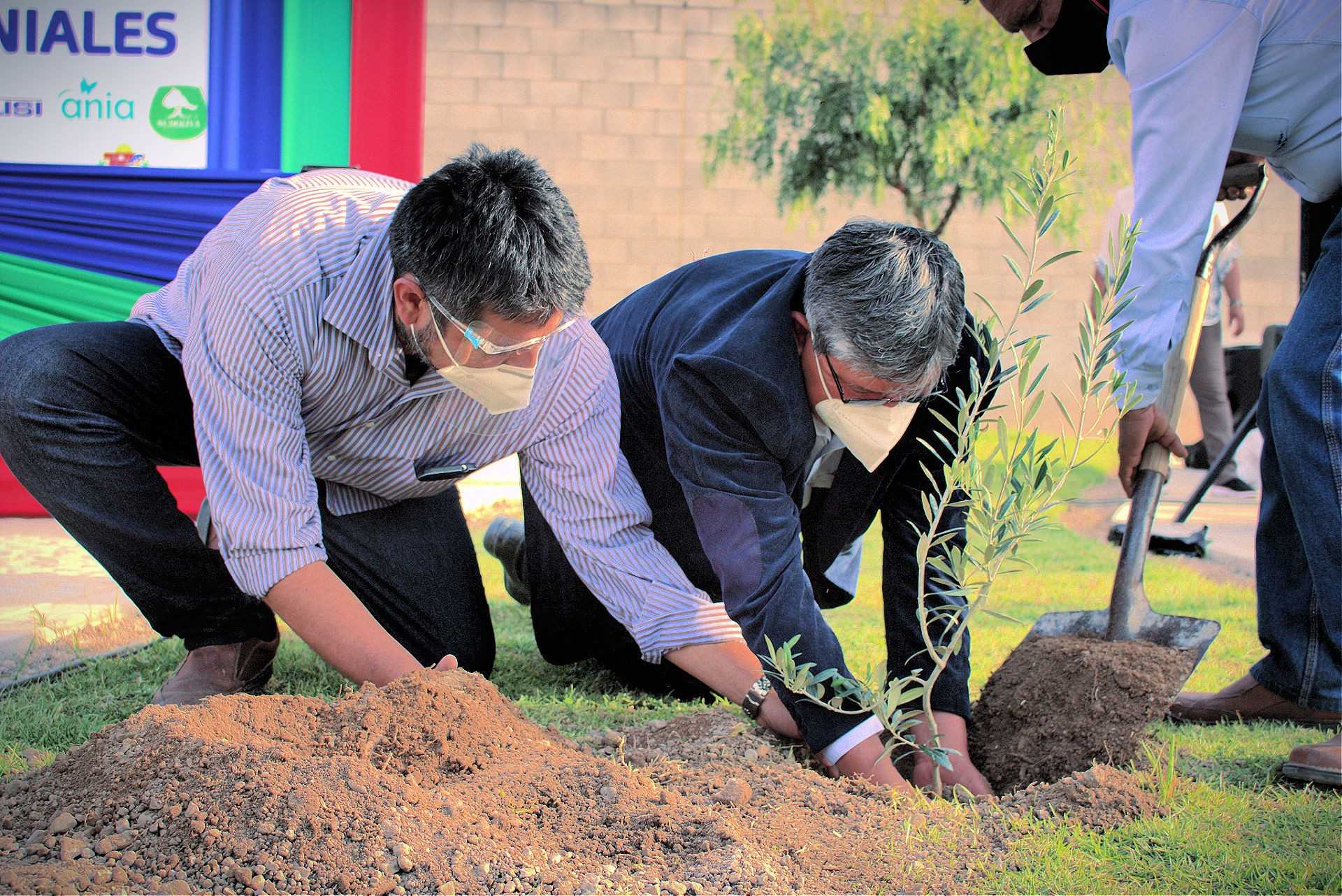
Gianfranco Vargas (left); Gerardo Carpio, the mayor of Ilo and; Zenón Cuevas, the governor of Moquegua
“The idea is that the contest, through technology, uses all the resources to be able to identify, catalog and map these heritage olive trees in the Americas,” he said.
In the case of some of the quadricentennial trees in Argentina, the contest can also help local authorities preserve the trees and stem the spread of diseases that might otherwise have gone undetected.
“For example, the Arauco olive tree [in Aimogasta] apparently has Xylella fastidiosa, which is worrisome for all of us, and in a way that is also what we want to manage,” Vargas said. “There are many trees that are between life and death and the only way to protect them is by giving them value.”
As this new iteration of the Sudoliva contest evolves, Vargas said it will also become a forum for training olive farmers and oil producers on how to effectively host tourists and tastings.
He hopes to be able to expand upon this part of the contest at the next edition, which will take place in-person in Aimogasta, which is home to Argentina’s oldest olive tree (one of the award winners this year).
“Next year we are going to do it in Argentina. We have tried to make it in Aimogasta, to give it value, to give it more importance there in San Juan,” Vargas said.
“There are many more olive trees. We are talking about 24 out of thousands,” he added. “Every year, we hope that many more will be added and that we will shape the route.”


